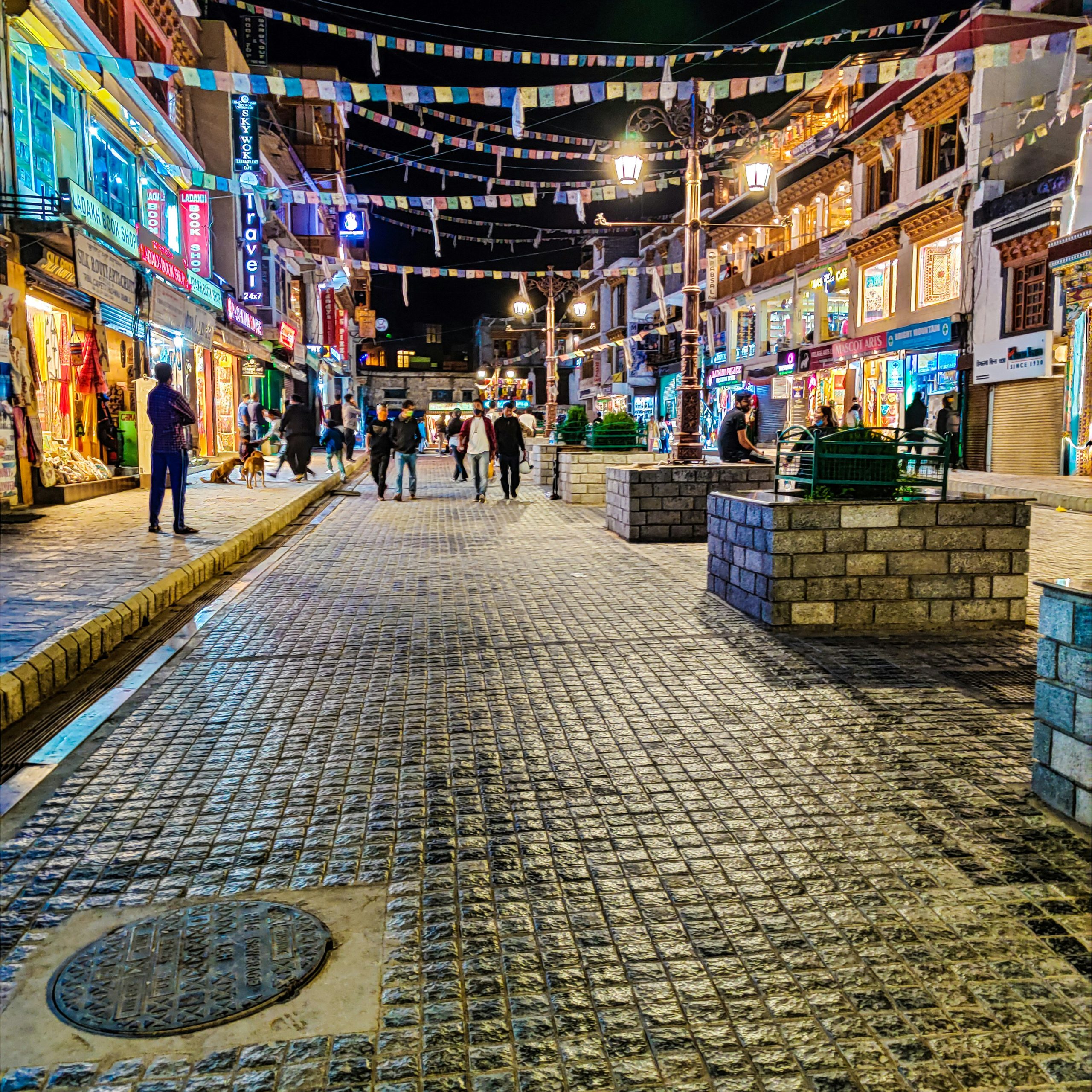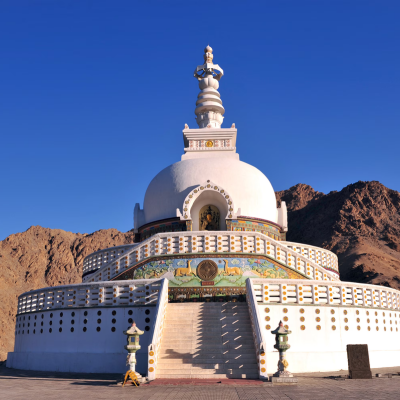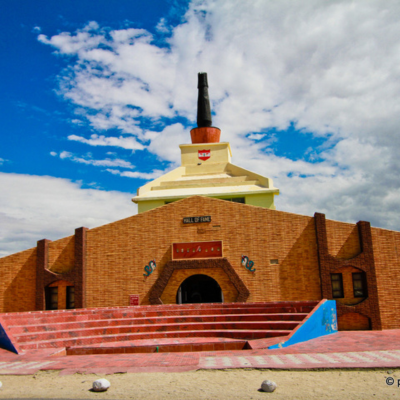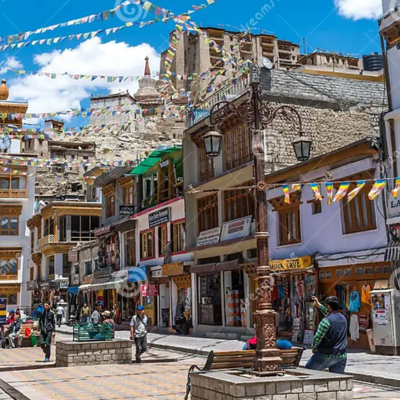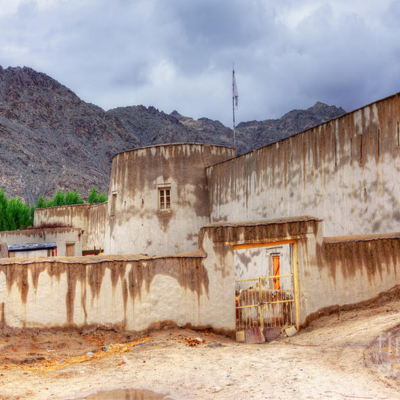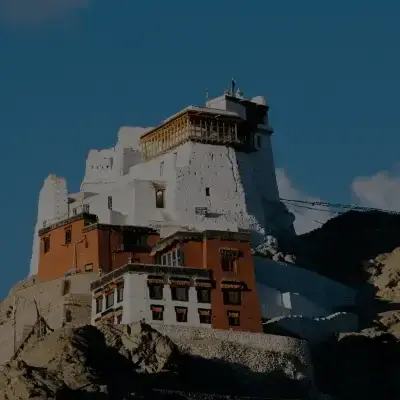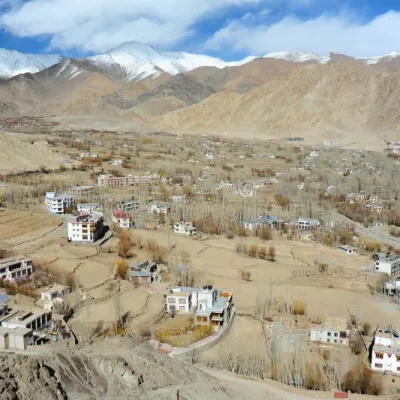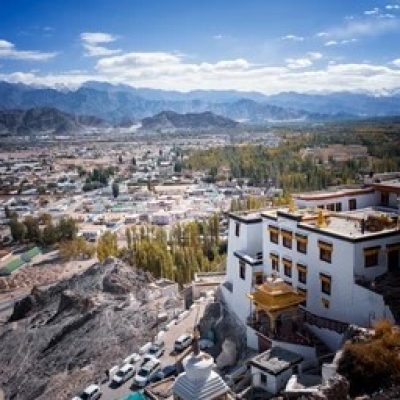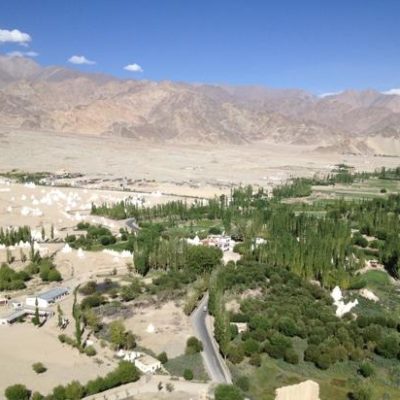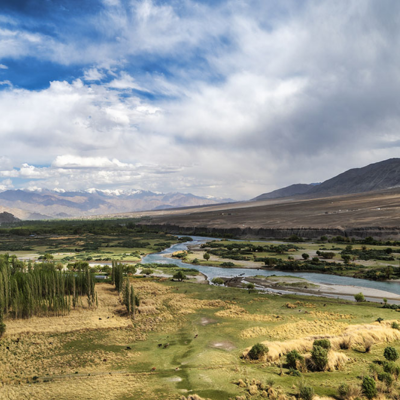Declared a national park in 1981, Hemis was originally established to protect the unique biodiversity of Ladakh’s cold desert ecosystem. Over the years, it has gained global attention for being one of the last strongholds of the endangered snow leopard.
Beyond its ecological importance, Hemis also has cultural and spiritual significance. Scattered across the park are Buddhist monasteries, chortens, and hermit caves where monks still retreat for meditation. The blending of raw nature and timeless spirituality makes this place more than just a wildlife sanctuary—it’s a sacred wilderness.


